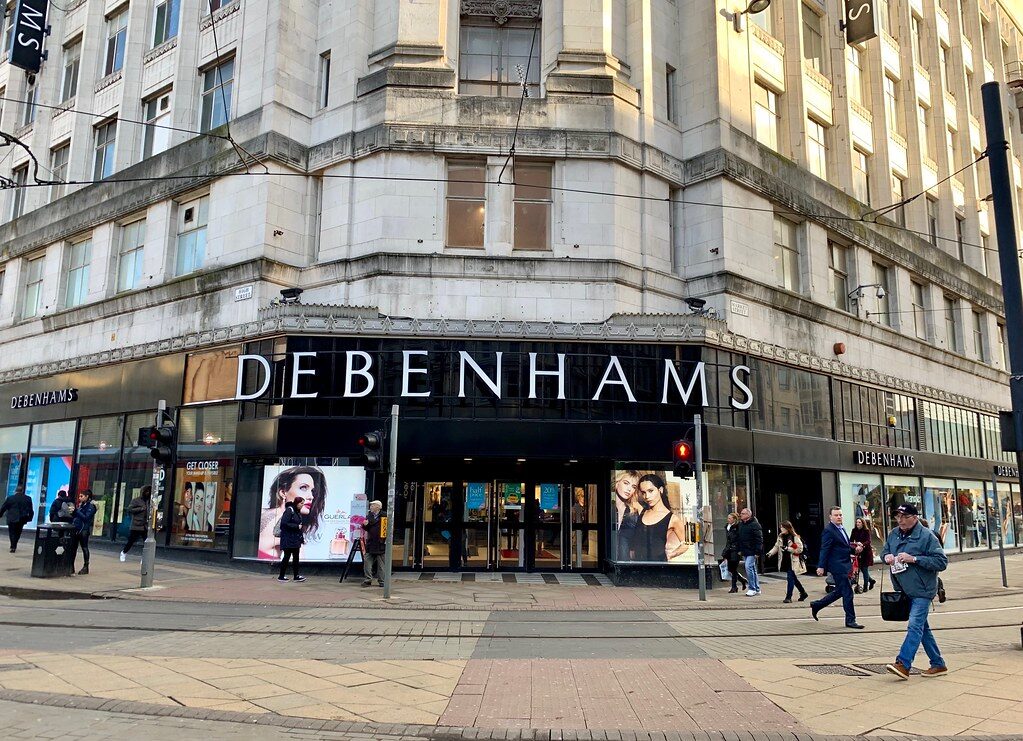A deal to purchase a town centre retail parade aborted last week. It was supposed to be a ”dead cert”. It was cheap by historic standards – just 12.5% of the investment value traded 5 years ago. The reasons for failure were multiple but they bring into sharp focus the challenges that the High Street presently faces.
Take dilapidations. Against the historic investment value, they would have amounted to 1.75% of the figure – perfectly acceptable. Now they equate to almost 15% of the investment value. In a world where investors are uncertain whether the tenant will even pay their rent, this represents a significant financial risk.
As might be expected, the overwhelming risk related to rent and occupational costs. Take one example. A lease expiry to a national multiple retailer was imminent. The tenant wants to remain (and the owner needs them to stay). The tenant has offered a rent that equates to 12.5% of the passing rent. Undoubtedly, there will be a negotiation but it sets the tone for these negotiations. There is a vacant unit. Suddenly, at these new levels, the rental income from one unit is insufficient to cover the cost of business rates on the vacant unit. If the owner faces more voids, it will soon become a zero sum game – where’s the incentive to invest? The eye catching yield is a mirage. Traditional theory dictates that the multi let nature of the investment dissipates risk – this no longer holds true.
In the short term, and despite ongoing price adjustment, the case for investing in our High Streets is far from compelling. For a start, occupiers will be forced to trade from premises where their physical condition is declining – this is not going to help ongoing initiatives to promote our town centres.
The calls for an urgent change in the Rating system will no doubt continue – but perhaps that might be the wrong thing? Are we nearly through the worse? Take the tenant that wants to renew. We were targeting a new rent that represents 25% of the passing rent. If this filters through into the Rateable Value, suddenly, the occupational costs fall to just 30% of their current level. Is this sufficient to make the High Street store profitable again? With the next Business Rates revaluation scheduled for 2022, and providing the inequitable rules surrounding tapered relief can be amended, perhaps the medium term prognosis is a little brighter. The same might not be true for those large distribution sheds that are favored by online retailers (and institutional investors). Their occupational costs are set to become a whole lot more expensive. Perhaps we should have faith that market forces will prevail? For those investors brave enough to dabble on the High Street, the need for careful stock selection will be paramount – but amongst all the rubble, there will be some gems.
Written by Robert Millington
Partner. Investment
July 2021



